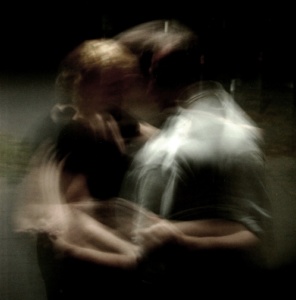Tango DJ?
“It is obvious that disc-jockeys, as a class, are essentially parasitic.
We are, with lamentably few exceptions, neither creative nor productive.
We have, however, manipulated the creations of others (records)
to provide ourselves with reputations as arbiters of public taste.”
John Peel, british DJ-legend.
From the point of view of most milonga visitors, a tango DJ plays a rather minor role.
There are many factors that make a tango event attractive.
The hall, the ambience, the community, feeling part of the scene, meeting friends,
a wide choice of dance partners, convenient location, good floor, etc.
Nothing attracts more than nice, well-filled rooms, no matter what music is being played.
May sound bitter to us traditionalists, but it is so in my experience:
Dancers rarely come for good music, and certainly not for a good DJ!

I can’t blame any organizer who doesn’t care about the quality of the music.
No one can make a living from dance evenings, on the contrary,
but they are often an important customer service, an important
addition to the course program. So the question of what a tango DJ is,
from the point of view of the still(?) overwhelming majority of dancers
and organizers, could be easily answered:
“The guy who plays some CDs”.
I play the following role:
Gifted artists of long gone days are presented with suitable technique
and a varied programming, so that their music touches the dancers,
and let them feel the soulful liveliness that characterizes the tango.
For me, tango comes from tangere and means “I touch.”
The music expresses movement and touch and makes their energies audible.
The movements and touches of the dancers in turn make the music visible.
In this, I see myself as a medium, a pipeline, so to speak,
through which energy flows. It is not my energy, I can only channel it
and let it work in such a way, that it makes as many dancers as possible happy.